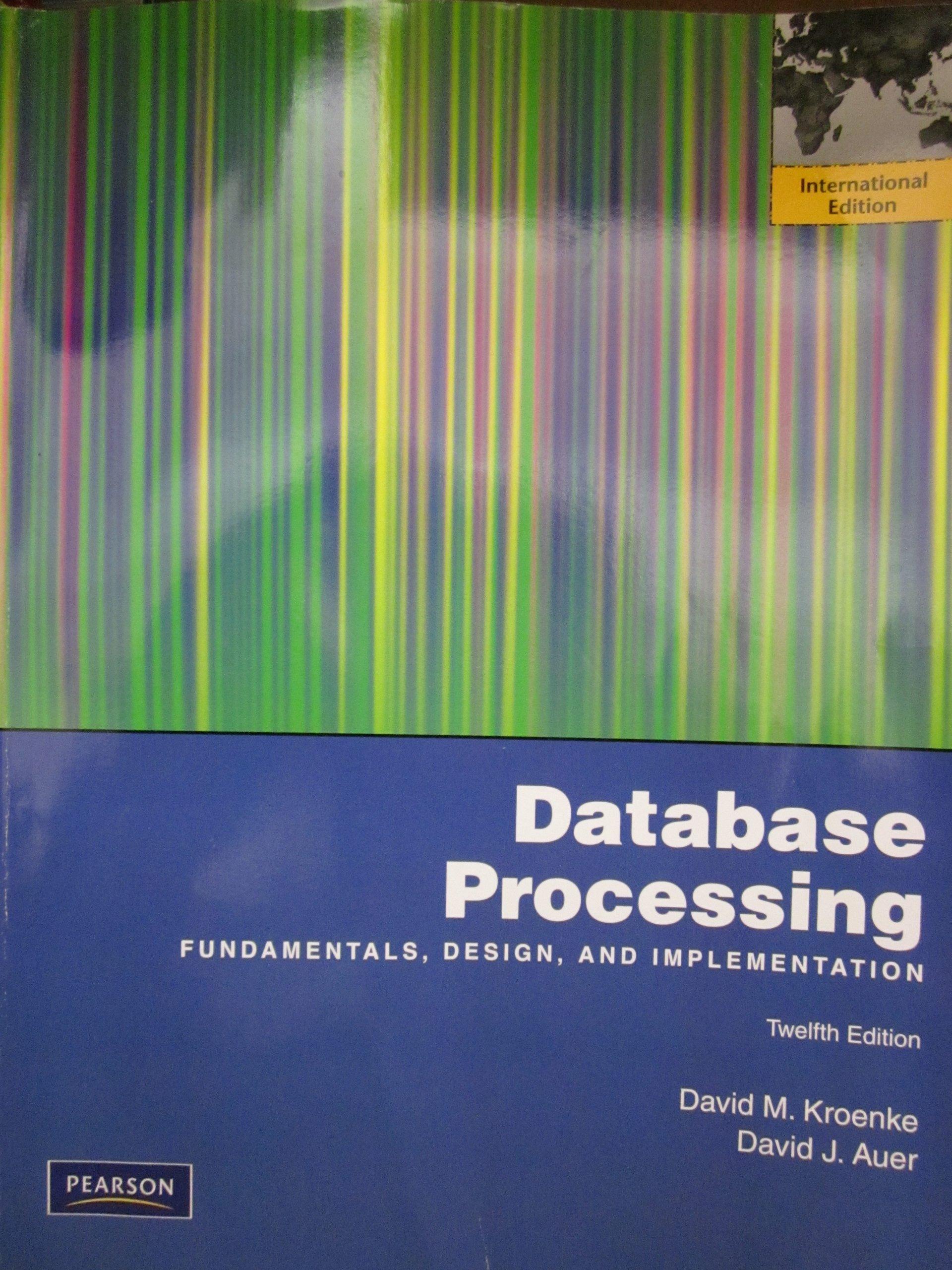Question
Material properties of bone tissue are often determined by mechanical testing. Bone samples[1] from a healthy male donor 21 years of age, an osteoarthritic female
Material properties of bone tissue are often determined by mechanical testing. Bone samples[1] from a healthy male donor 21 years of age, an osteoarthritic female donor 65 years of age, and an osteoporotic female donor 85 years of age were subjected to a compression loading test. Cuboid bone samples with a height of 4 mm and cross-sectional dimensions of 4.9 mm by 4.9 mm were cut from vertebrae. The samples were compressed in increments of approximately 0.05 mm. The force required to produce each amount of deformation was measured. The file bone_comp_data.xlsx contains the deformation and force measurements. From this data, mechanical properties such as stress, strain, and ultimate compressive strength can be computed. Stress, ( or Pascals), is calculated as force divided by the original cross sectional area of the material tested. The ultimate compressive strength is the maximum stress. Strain, (%), is calculated as change in length divided by the original length.
NOTE: Deformation as shown in the data file bone_comp_data.xlsx is the same as (deformed length original length) in the equation for strain.
Write a MATLAB script that:
(1) imports the compression test data for each bone sample using xlsread function;
- columns A and B in bone_comp_data.xlsx are deformation and force for the healthy specimen
- columns C and D in bone_comp_data.xlsx are deformation and force for the osteoporotic specimen
- columns E and F in bone_comp_data.xlsx are deformation and forec for the arthritic specimen
(2) computes the stress and strain;
- use variable names stressH, strainH for healthy specimen stress and strain
- use variable names stressP, strainP for porotic specimen stress and strain
- use variable names stressA, strainA for arthritic specimen stress and strain
(3) overlays plots of stress vs. strain (strain on the x-axis and stress on the y-axis) for each bone sample;
- include axes labels, title, and legend
(4) displays the ultimate compression strength for each bone sample.
-use variables names maxH, maxP, and maxA for calculating ultimate compression strength
Step by Step Solution
There are 3 Steps involved in it
Step: 1

Get Instant Access to Expert-Tailored Solutions
See step-by-step solutions with expert insights and AI powered tools for academic success
Step: 2

Step: 3

Ace Your Homework with AI
Get the answers you need in no time with our AI-driven, step-by-step assistance
Get Started


